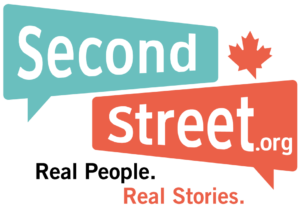Column
Report
A closer look at municipal shortfalls

If there is one constant in Canadian politics – something you could set your watch to – it’s that mayors from large cities will ask other levels of government for more money.
The current pandemic has not changed this practice. If anything, it has inflamed the situation.
Since COVID-19 emerged on the scene in Canada, big city mayors have expressed doom and gloom scenarios. We’ve heard many cities are short hundreds of millions of dollars, Toronto has suggested their shortfall is over a billion dollars.
The big numbers thrown about by mayors sound scary … but are they?
After all, perspective is important.
$10 million for most readers is an enormous amount of money. But as a percentage of a large city’s overall budget it’s usually not a lot of money.
We decided to examine a few cities and put the figures mayors have been tossing about into perspective.
Here are a few examples and some rough calculations for perspective:
Calgary
Shortfall: $0.235 billion
Budget: $4.09 billion (2019)
Percentage of the budget: 6%
Edmonton
Shortfall: $0.26 billion
Budget: $3.07 billion
Percentage of the budget: 9%
Winnipeg
Shortfall: $0.073 billion
Budget: $1.15 billion
Percentage of the budget: 6%
Toronto
Shortfall: $1.5 billion
Budget: $13.5 billion
Percentage of the budget: 11%
Ottawa
Shortfall: $0.05 billion
Budget: $3.8 billion
Percentage of the budget: 1%
Note: Budget figures are based on operating spending.
As you can see, the shortfalls cities are facing are generally not as dire as they sound. Many households are struggling with even larger shortfalls.
Cities have a number of tools at their disposal to address these shortfalls, including, but not limited to: pay and benefit reductions, prioritizing services (eg. focus on policing rather than new public art) and downsizing through attrition. This approach could allow cities to continue to deliver essential services while avoiding layoffs wherever possible.
You can help us continue to research and tell stories about this issue by making a donation or sharing this content with your friends. Be sure to sign up for our updates too!


